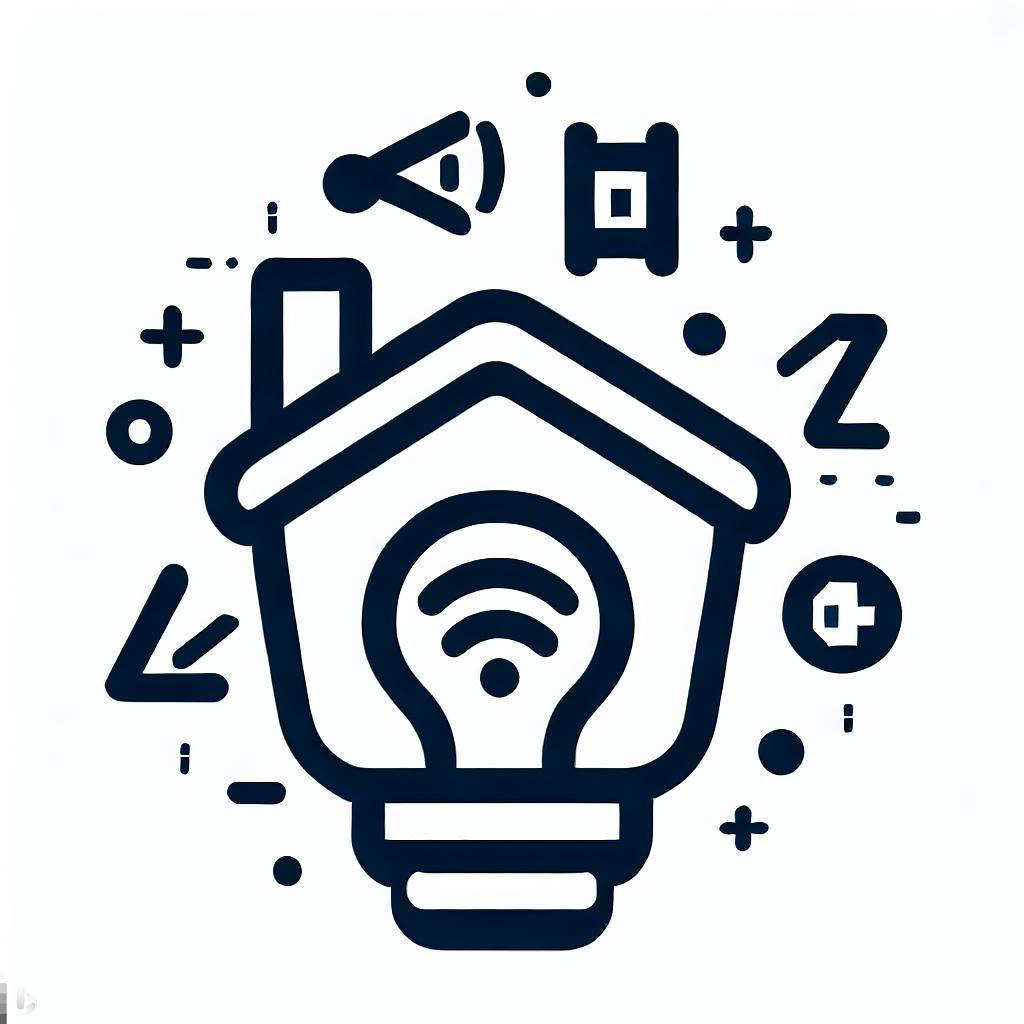I just started my journey into Home Automation, and I think I am starting to understand better what Matter actually signifies…
So, Zigbee is just a communication protocol, and the definition of smart devices is actually done by ZHA, Zigbee2MQTT, etc… correct?
So Matter actually reduces all those Zigbee sub-protocols into one thing, so one Matter bulb will be always compatible, you don’t need to pick like we do now with ZHA, Zigbee2MQTT… correct?
And then, the Zigbee communication is substituted either with Thread (basically Zigbee technology but for Matter) or Wi-Fi. But the smart device definition is still Matter, so a bulb will always behave like Matter specifies, in terms of variables and parameters.
Am I getting close?
Yes, that’s basically right. Matter is the home automation API and pairing/security specification, and it uses IP for communication. WiFi and Thread are the officially supported IP communication layers. One other detail is that Matter uses Bluetooth for pairing & onboarding, before switching to Thread or WiFi for communication. So you don’t have the inclusion/pairing/etc setup from other low-power radio systems like Zigbee or Z-wave. That’s all it uses Bluetooth for, though, but some people seem to get hung up on that and think it brings Bluetooth’s many shortcomings along, when it really doesn’t.
Matter standardises the communication. Different manufacturers can report values and controls differently for their bulbs. If the bulbs have matter support your “base station”/server can send the same “turn on/off” to the different bulbs without having code specific for that brand/model. This CAN allow us to skip brand specific bridges and such, or as in the philips hue case. All bulbs are exposed as matter devices through their bridge.
Yeah, so it’s more or less what I was thinking. This is something that currently does NOT exist with Zigbee, right? I could have a Zigbee light bulb that speaks in a specific obscure language, whereas all Matter lightbulbs understand and send the same information.


